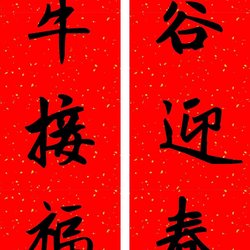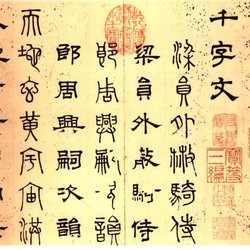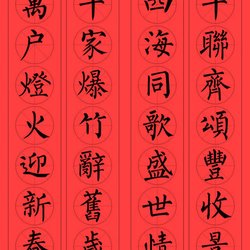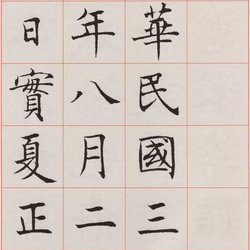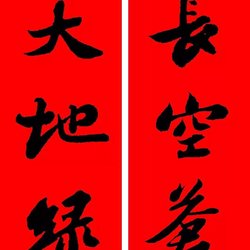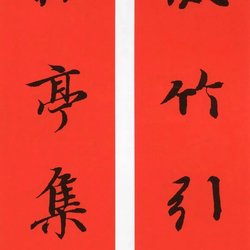Master Hanshan's "Calligraphy Gou Xuan Album" in six volumes, collected by the Shanghai Museum. "Gou Xuan" is taken from Han Yu's "Jin Xue Jie", "Those who record things must summarize them, and those who compile them must hook Xuan", which means exploring the subtleties. "Calligraphy Gouxuan" is a compilation of the exquisite remarks of predecessors on exploring and studying the art of calligraphy. The first part of this volume is a calligraphy theory, which was created in the 38th year of Wanli in the Ming Dynasty (1610), when Master Hanshan was 65 years old.
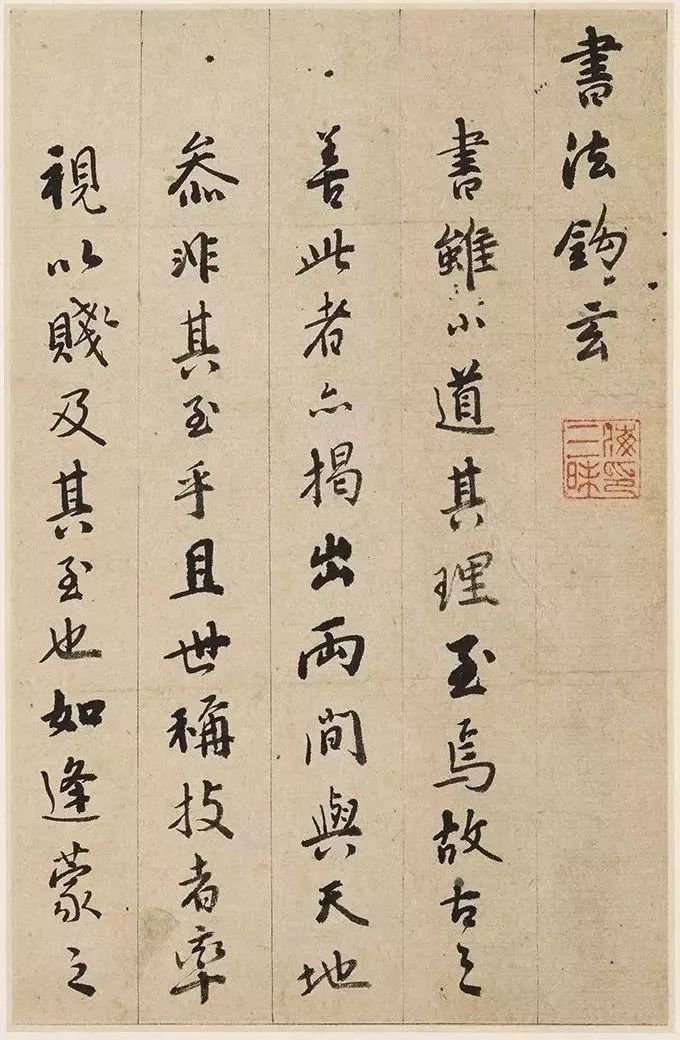
① Calligraphy Gouxuan
Although the book is written in a trivial way, its principles are profound. Therefore, those who were good at this in ancient times also revealed two rooms and joined with the heaven and earth. Isn't this the best? And those who are praised as skilled in the world will always regard them as inferior, and when they come to the extreme, they will be like being blinded.
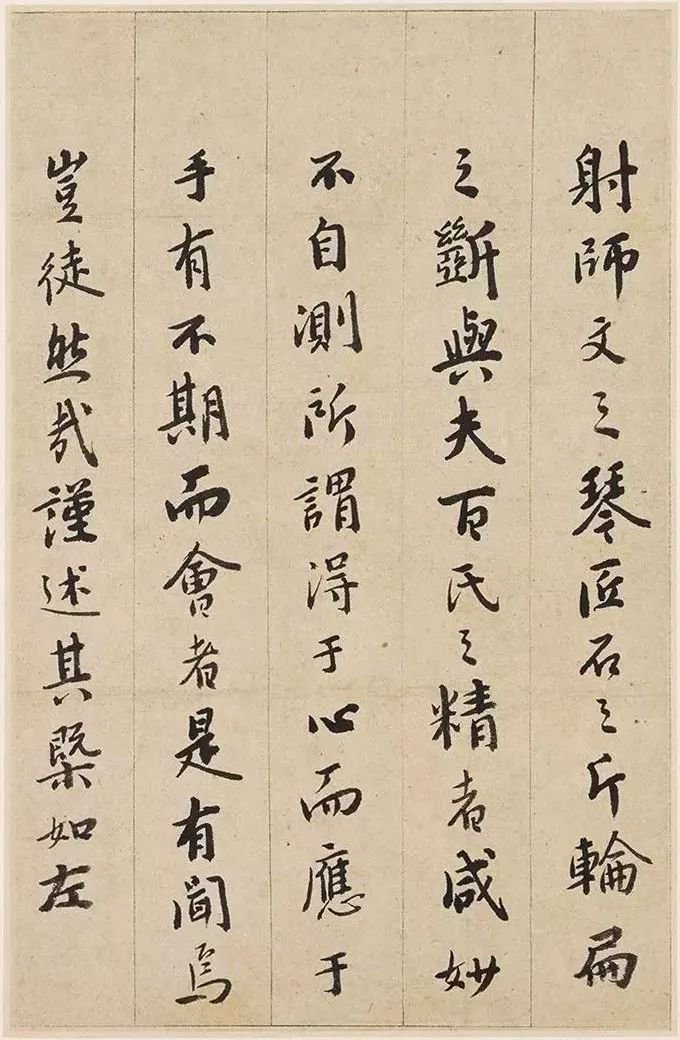
② Shooting, Shi Wen’s harp, the carpenter’s stone, the flat wheel and the husband’s essence are so wonderful that they are unfathomable. It is said that what you get from your heart should be answered by your hand. If you meet someone unexpectedly, you have heard it. Isn't it in vain? I would like to summarize it as follows:
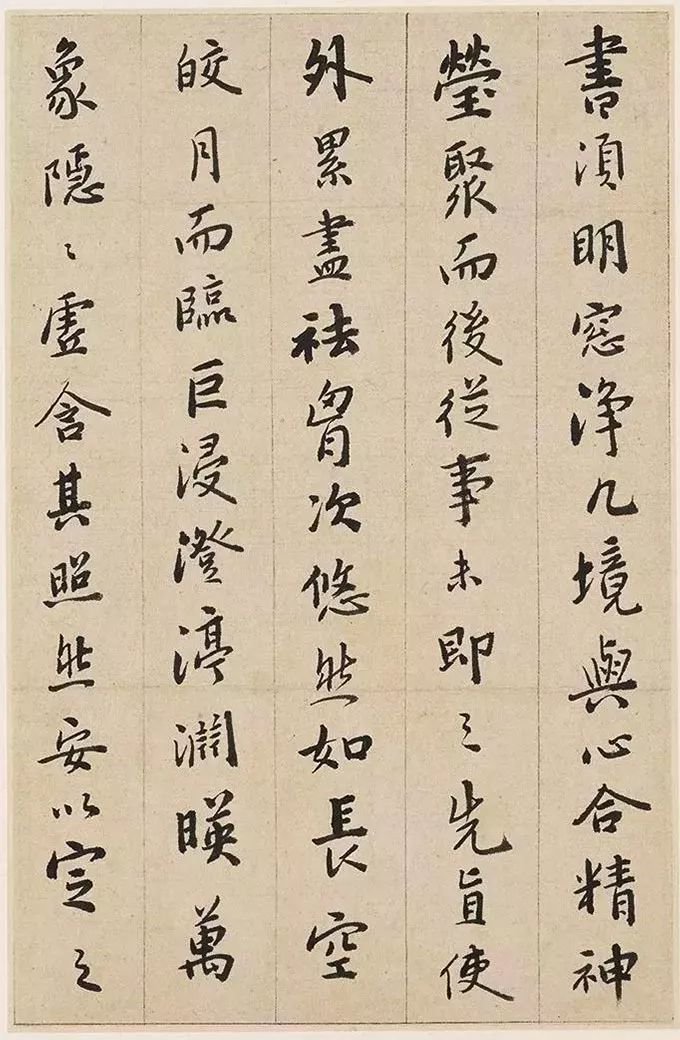
③ The book must be clear and clear, the environment and the heart should be harmonious, the spirit should be gathered, and then work on the unfulfilled first purpose, so that the external tiredness can be eliminated, and the mind can be leisurely, like the bright moon in the sky, approaching the huge immersion, reflecting the clear water. , all phenomena are faint and empty, but they are still stable and stable.
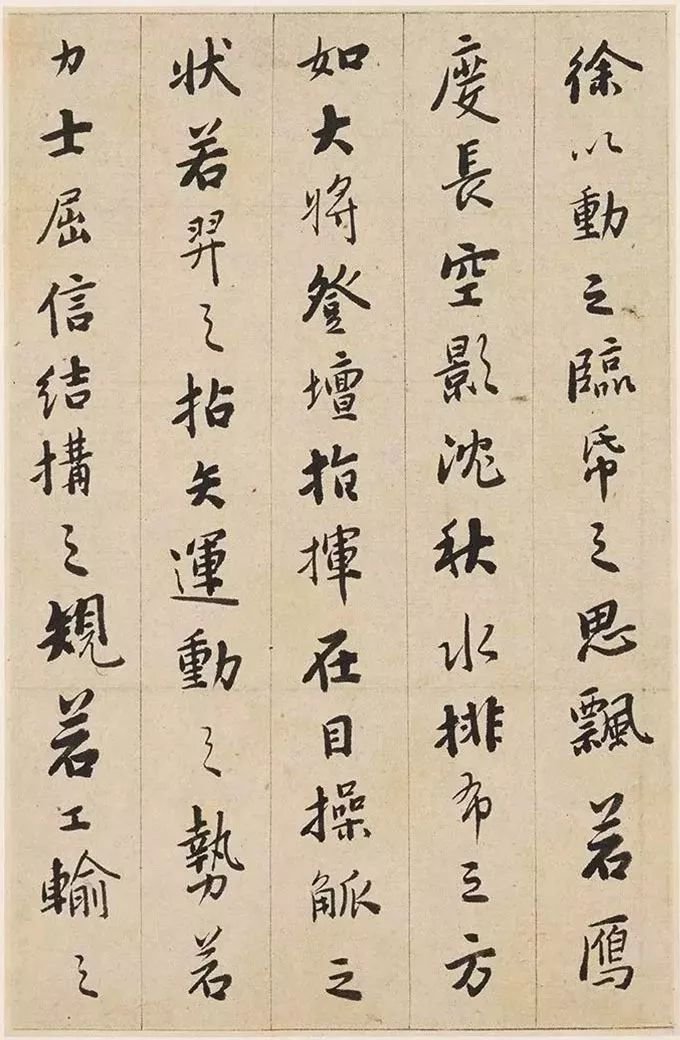
④ Xu Yi moved it, and the thoughts of Lin Gu were floating in the sky like an eagle, its shadow sinking in the autumn water. The arrangement was like a general ascending the altar, commanding in his eyes. The shape of the goblet is like that of Yi Yi's arrow; the momentum of movement is like that of a strong man's surrender; the rules of the structure are like those of a worker losing his faith.
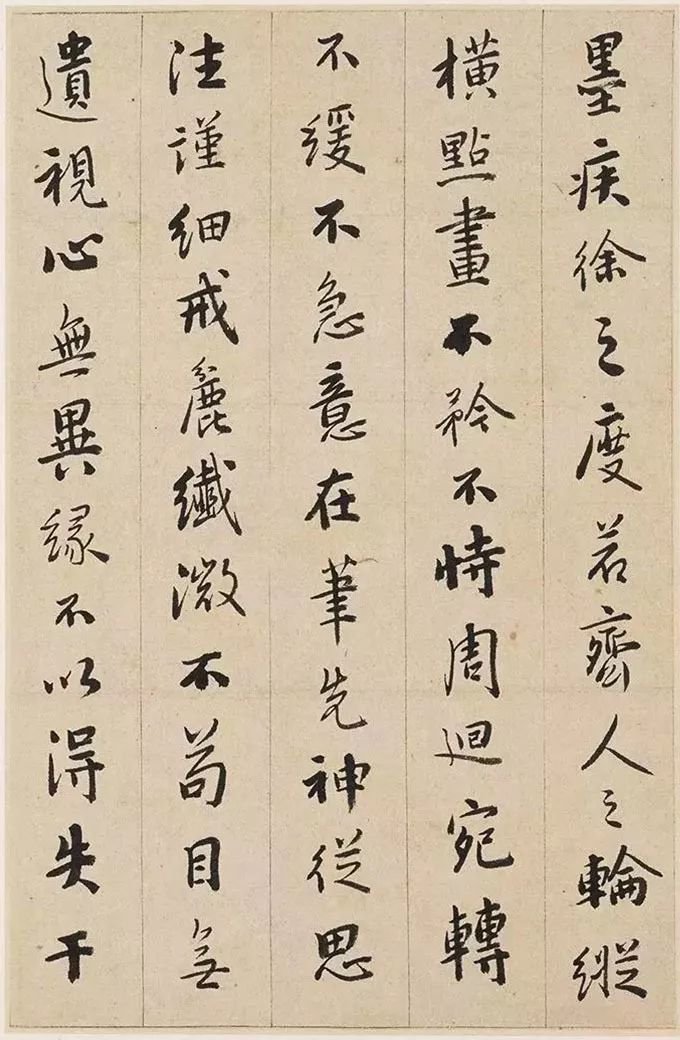
⑤Ink: The speed of hurry and slowness is like a wheel that aligns people, stippling vertically and horizontally, without being cautious or relying on it; turning around and around, neither slow nor urgent. The intention comes before the pen, the spirit follows the thoughts and attention, be meticulous and meticulous, have no eyesight, have no different hearts, and do not be distracted by gains and losses.
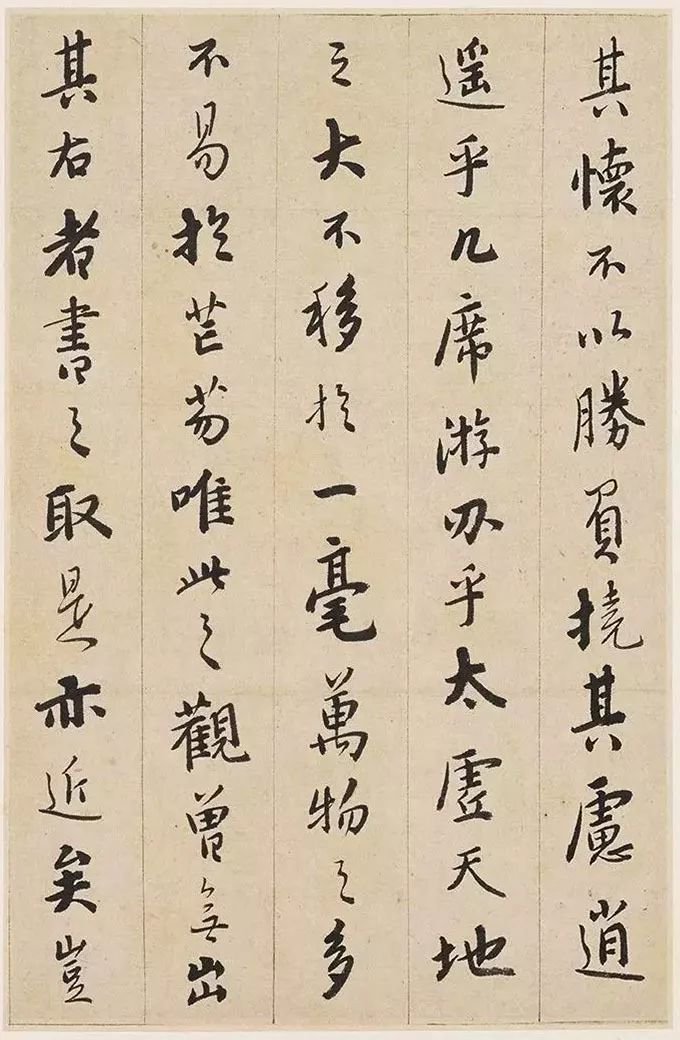
⑥ His mind is not disturbed by victory or defeat, he is as carefree as a few seats, and he is as at ease as he is in the sky. The vastness of the heaven and earth cannot be moved by an inch; there are so many things that it is not easy to reach the peak. This is the only view that has been written down by anyone who has written about it, so it is very close to this. Qi
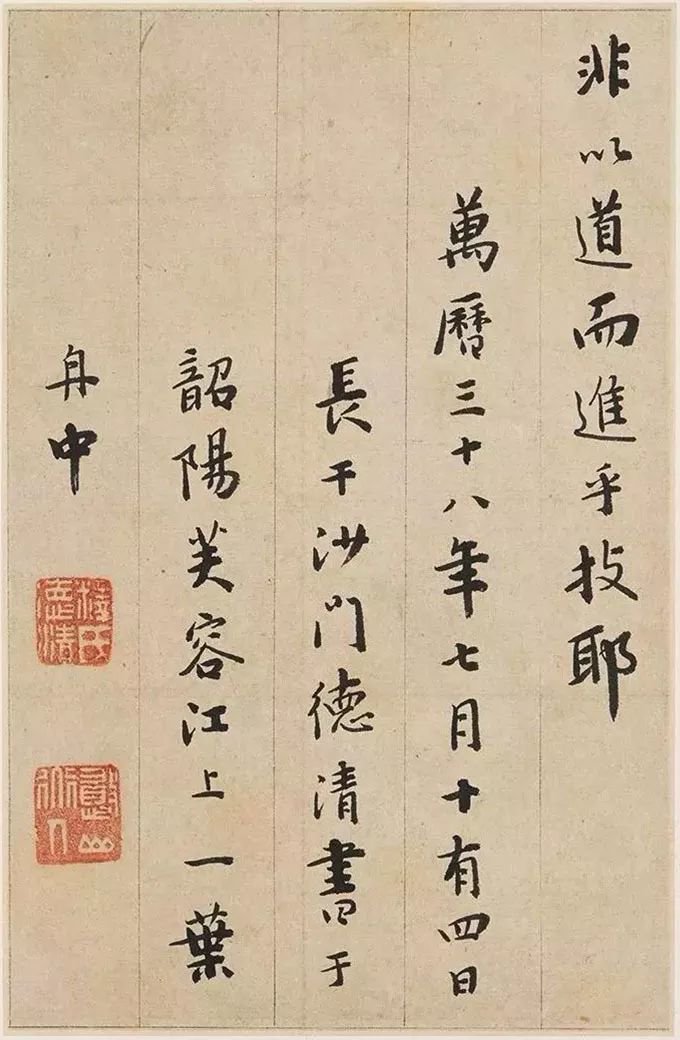
⑦ It’s not Tao but almost technique. On the 14th day of the seventh month in the thirty-eighth year of Wanli, Changqian Shamen Deqing wrote a book in a boat on the Fulong River in Shaoyang.
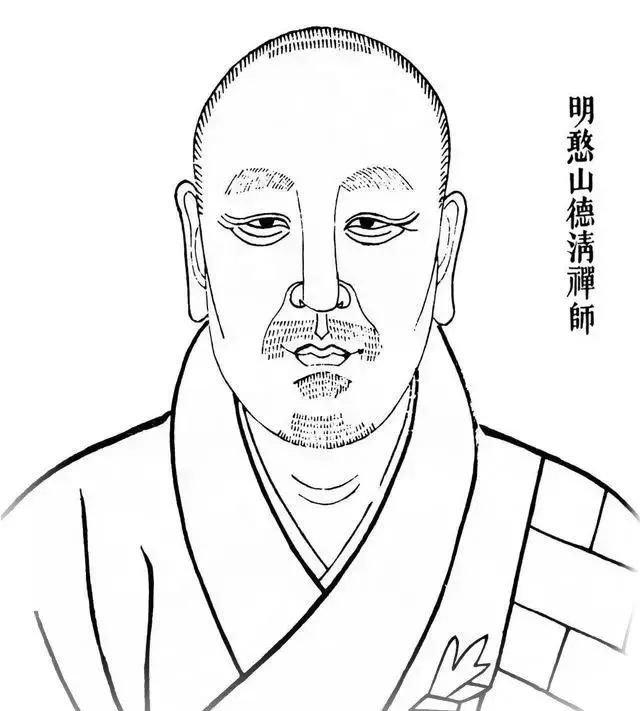
Master Hanshan (1545-1623), one of the four eminent monks of the Ming Dynasty, was born in the 24th year of Jiajing in the Ming Dynasty (1545). His Buddhist name was Deqing, his courtesy name was Chengyin, and his nickname was Hanshan. He was a native of Gucai Qian, Quanjiao County, Jinling, Ming Dynasty (1545). Today's Chuomiao Pioneer Village, He County, Anhui Province), his common surname is Cai. The master became acquainted with Buddhism at a young age. He went to Jinling Baoen Temple to find Buddha at the age of twelve. He became a monk at the age of nineteen and later rebuilt the Nanhua Temple after going through untold hardships. Master Hanshan devoted his life to the study of Buddhism, wrote numerous books, and had thousands of disciples. On October 11, the third year of Qi tomorrow (1623), Master Hanshan passed away in Nanhua Temple at the age of seventy-eight. His physical statue is now enshrined in Nanhua Temple in Guangdong.

